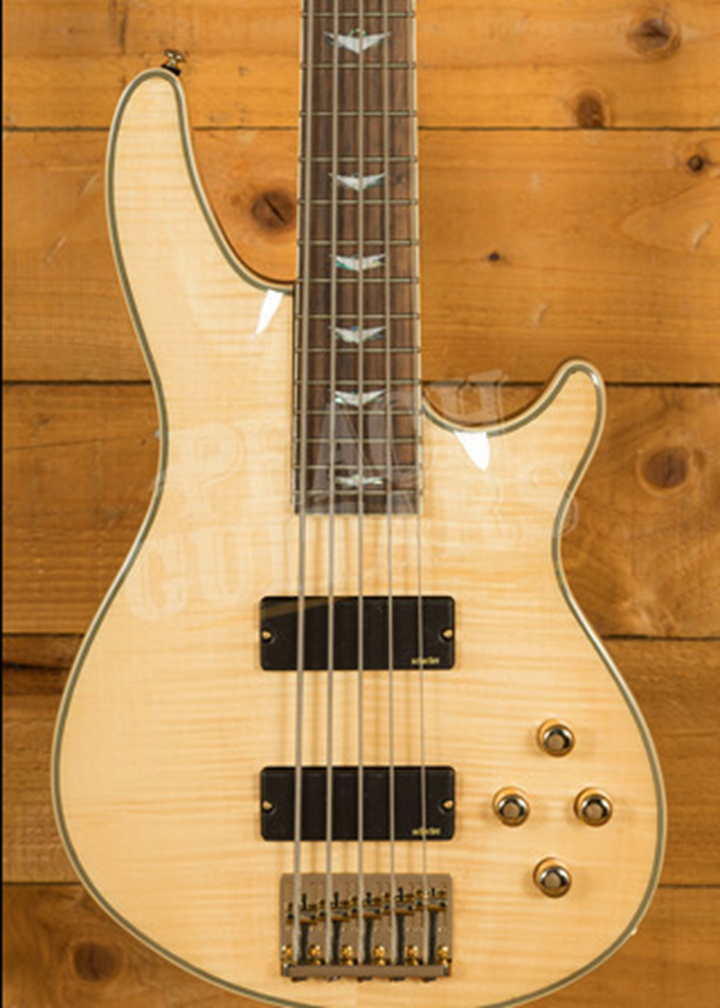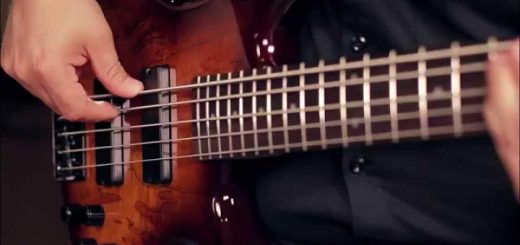Exploring Guitars: 6 Different Types and Their Properties
Did you know that the first plucked string instrument called a guitar was made in Spain? It originated during the fifteenth century and was initially known as the Vihuela. Guitars have significantly evolved since then, leading to various types that produce distinct sounds and are used across multiple music genres. Understanding the different types of guitars and their properties can enhance your appreciation and selection of this versatile instrument.
Electric Bass

This is an instrument that revolutionised music and musical versatility through the 20th century. It has greatly influenced and improved contemporary music and its evolution. It has a history filled with innovation, technical virtuosity and many distinctive styles. All of them have managed to make musical genres even better than they were. The deep, rich-toned electric guitar bass version has become an inseparable part of the music industry.
Invented by Leo Fender in 1931, the electric bass provided musicians with a well-defined, powerful baseline, particularly beneficial for jazz musicians and popular bands at the time. Compared to the traditional double bass, the electric bass is more manageable, lighter, and capable of producing amplified sound without bulky equipment. This made it a convenient and versatile option for musicians.
This instrument plays a crucial role in modern music, offering a harmonic and rhythmic foundation in symphonies, rock, and jazz orchestras. Its primary function is to create a link between harmonic instruments like keyboards, guitars, and vocals, and the drums. The electric bass sets the tone, allowing other instruments to build upon it for a harmonious musical piece.
Due to its versatility, the electric bass can be played in various genres and styles. Techniques include fingerstyle (using fingers instead of a pick for more control and expression), slap bass (slapping the strings with the thumb), tapping (using fingers of both hands to tap the strings for complex melodies), walking bass (a constantly moving baseline in jazz), and double stops (playing two notes simultaneously). Each technique offers a unique sound and feel, contributing to the bass’s wide-ranging appeal.
Electric
The electric guitar is perhaps the most popular and versatile guitar, used in numerous music genres such as rock, blues, jazz, and pop. Each guitar brand sounds different due to unique internal hardware, and experienced players can distinguish between them based on tone and playability.
Electric guitars can be hollow, semi-hollow, or solid, with solid being the most common. These instruments are often made from multiple pieces of wood, and their sustain is enhanced by the wood’s density. Denser wood provides more resistance to feedback from pickups, resulting in a focused low end and prolonged sustain. This makes them suitable for high-energy performances and intricate solos.
Semi-hollow guitars have hollowed bouts and sometimes F-holes for better airflow and a strong central core. This design combines the resonance of hollow bodies with the sustain of solid bodies, offering a versatile tone that suits various genres, from jazz to rock. Hollow guitars, similar to acoustic ones, also have F-holes but lack a centre block, producing a loud, present sound with a boomy end. Jazz musicians favour them for their warm, round tones. Additional pickups can offer more tonal options, enhancing the the instrument’s versatility.
Bass
Bass guitars, with their lower pitch, resemble acoustic guitars in sound but have longer necks and scales. They can have 4 to 6 strings and come in three varieties: acoustic bass guitar (ABG), electric bass guitar, and semi-acoustic. Each type offers unique characteristics suited to different playing styles and genres.
Acoustic bass guitars are tuned an octave lower and have steel strings, which may require amplification for better clarity and brightness. This type of bass is ideal for acoustic settings and genres that require a natural, warm tone. Semi-acoustic bass guitars offer a clear, warm sound with plenty of resonance, making them suitable for genres like jazz and blues. Their design allows for amplified sound while maintaining the acoustic quality, providing the best of both worlds.
12-String
The 12-string guitar, available in acoustic and electric versions, features 6 pairs of strings instead of the usual 6 single strings. Popular since the 1960s and 1970s, it produces a distinct, rich sound that adds depth and texture to any musical piece. The doubled strings create a chorus-like effect, making it a favourite for genres like folk, rock, and country.
Due to the doubled strings, the 12-string guitar requires more effort to play, making it less suitable for beginners. However, its unique sound makes it worth the effort for those looking to add a new dimension to their music. This instrument’s fuller, more resonant sound is instantly recognisable and has been used in countless classic songs.
Acoustic
There’s no doubt that everyone has heard of the popular acoustic guitar. It’s one of the most widely used instruments especially when it comes to beginners. Its strings can be made of steel or nylon. The steel strings are great for rock, Scottish, Irish and English music. The nylon ones on the other hand are much softer and have a warmer sound. The sound they make is perfect for jazz, swing and classical sounds.
Resonator
Resonator guitars are quite simple to explain. They’re basically an acoustic type that has a metal cone instead of a sound hole. Because of this change, there’s a loud sound, better production of each sound and improved resonance. All of these qualities make it suitable for Hawaiian, bluegrass, jazz, blues and country music.












